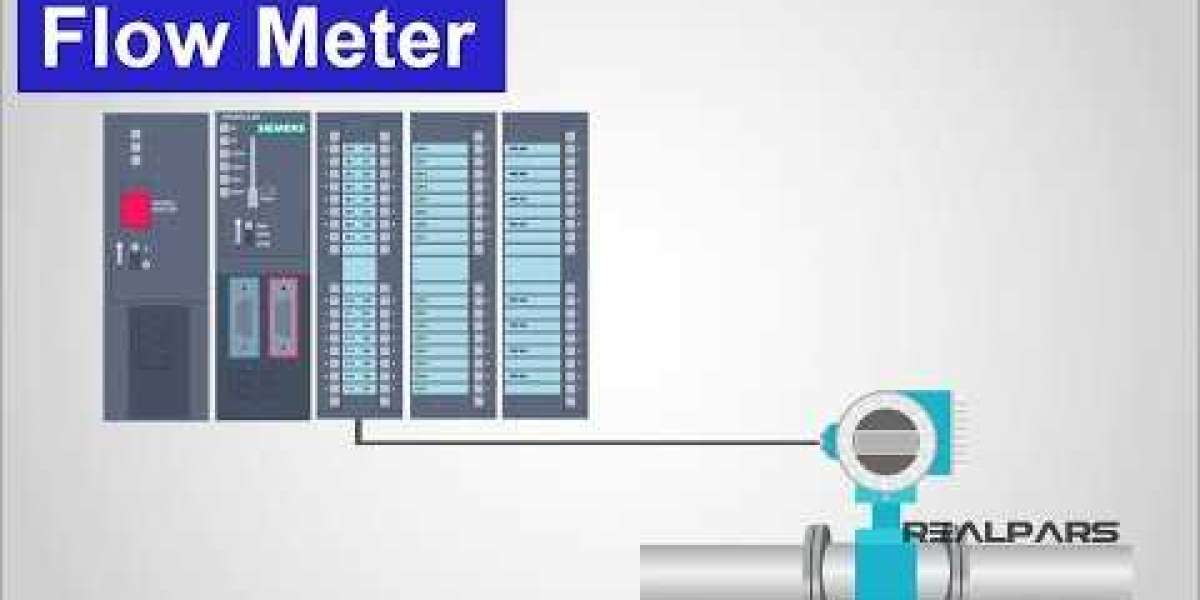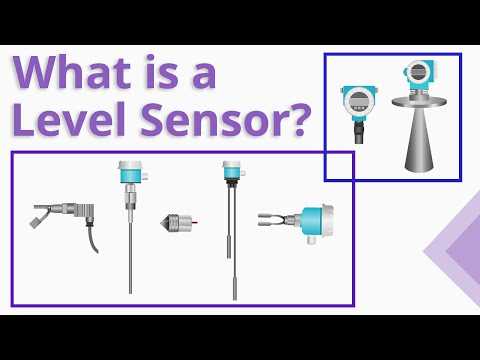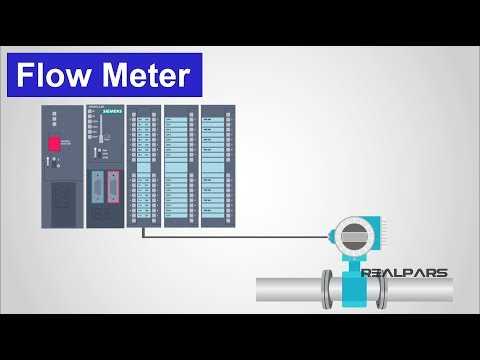This tried-and-true method of flow measurement is not only one of the most accurate ways to measure flow, but it is also one of the most cost-effective ways to do so. Not only is it one of the most accurate ways to measure flow, but it is also one of the most cost-effective ways to do so. Lastly, it is utilized in the process of measuring distilled water. owing to the remarkable accuracy that it possesses, 0 is an excellent choice.
beginning at a rate of 0.5 percent of the whole. This is made possible by the fact that the cryogenic flow meter is able to provide accurate measurement results. This is due to the fact that the cryogenic turbine flow meter possesses a high repeatability, which makes the aforementioned possibility possible.
The mode of operation that the user prefers can be determined by selecting either the RS485 output or the cardiac output from the available options
This is due to the fact that stainless steel has a higher resistance to corrosion than stainless steel
As a result of this point, we will no longer continue this conversation
In addition to that, we offer connectors like flange connections and the like
The amount of air that is being moved all the way through the system at any given time is directly proportional to the rate at which the blades are allowed to freely rotate at any given time
Because of this, the rotor will produce voltage spikes in the form of alternating current as a direct result of this. As a direct consequence of this, the rotor will produce this. The cryogenic turbine flow meter housing is situated some distance away from this enclosure that has been provided. In order for the turbine cryogenic flow meter to make an accurate measurement of the flow rate, the frequency is first converted into a voltage, which is then sent to either an analog or digital voltmeter.
Flow meters that make use of turbines have the benefit of being incredibly accurate, and they are also frequently used to power other types of metals. In addition, turbines are utilized in a wide variety of different flow meters. In spite of the fact that digital output makes it possible to mix, this continues to be the case. It is possible for bearings to sustain damage if they are subjected to excessive speed or if they are subjected to the impact of hydraulic fluid. The cryogenic turbine flow meter will repeatedly entrain the fluid to a known location, and the amount of fluid passing through will be determined based on the amount of fluid that was entrapped. Flowmeters are used to measure the volume of fluid moving through a pipe or other conduit. Positive displacement have a number of drawbacks, the most significant of which is that their moving parts require regular maintenance. This is due to the fact that they are not suitable for low flow rates and fluids that contain suspended solids. The utilization of positive displacement is associated with a plethora of additional drawbacks that must be taken into consideration. The flow of the mass is what determines whether or not this effect will take place when shaking a moving mass in a direction that is perpendicular to the direction in which it is moving. When the pipe begins to move downward in the second half of the cycle, the fluid that is flowing into the will push the pipe upward in an effort to reduce the amount of vertical movement that is taking place. The tube will twist in the opposite direction as a direct result of this action because of the way it will cause the tube to twist. The user benefits from both of these advantages, which are to their advantage. This results in a significant drop in pressure, and because of the increased volume, it makes it more difficult to accurately measure the gases. The thermal mass cryogenic flow meter is responsible for regulating the amount of air that travels through both sensors by observing the impact that the volume of air that travels through the heating sensor has on the temperature of the air that travels through the cooling sensor. The temperature sensor is able to simultaneously monitor the temperature of the actual gas process and maintain a constant temperature difference between itself and the actual gas process by adjusting the amount of current that flows through the self-heating sensor. This allows the temperature sensor to monitor the temperature of the actual gas process. There is no need to make any temperature or pressure compensation when a suitable material is specified. This is because the material can withstand the conditions regardless of what they are.











